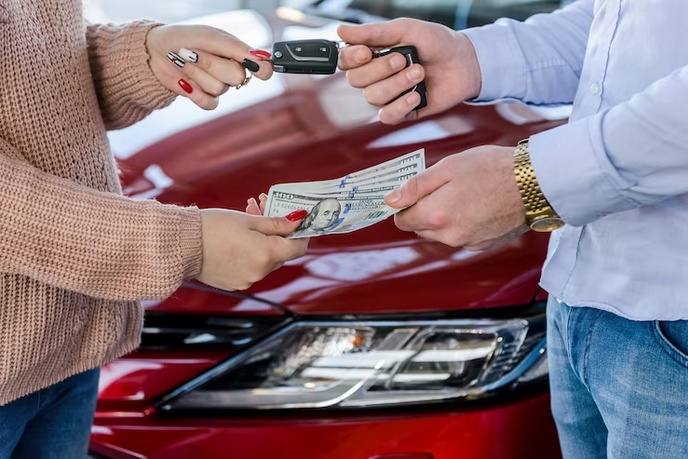Introduction
Do you have an old car sitting in your driveway, gathering dust and taking up space? It's time to turn that junk into cash! If you're in California and looking to sell your car, we've got you covered. In this comprehensive guide, we'll walk you through the process of selling a junk car in California and help you maximize your earnings. From preparing your vehicle for sale to completing the necessary paperwork, we've got all the information you need to successfully sell your car and put some extra money in your pocket.
1: Assess the Value of Your Car
Before you start the selling process, it's important to assess the value of your car. Consider factors such as the make, model, year, mileage, and overall condition of your vehicle. Research online platforms or consult with reputable car appraisers to get an estimate of its value. This will help you set a realistic asking price and negotiate with potential buyers.
2: Gather Important Documentation
To sell your car in California, you'll need to gather important documentation. Make sure you have the following:
-
Vehicle Title: Ensure that you have the original vehicle title in your name, free of any liens or encumbrances.
-
Smog Certification: In most cases, you'll need a valid smog certification, which verifies that your car meets California's emission standards. This certification is required for most vehicle transfers.
-
Maintenance Records: If you have a record of regular maintenance and repairs, it can help increase the value of your car and instill confidence in potential buyers.
3: Prepare Your Car for Sale
Before listing your car for sale, it's essential to prepare it to attract potential buyers. Start by thoroughly cleaning both the interior and exterior of your vehicle. Remove any personal items and give it a good wash and wax. Consider getting minor repairs done, such as fixing small dents or replacing worn-out parts. A well-presented car is more likely to generate interest and fetch a higher price.
4: Advertise Your Car
Now that your car is looking its best, it's time to advertise it to potential buyers. Take high-quality photos that showcase different angles of your vehicle, both inside and out. Write a compelling description highlighting its features, maintenance history, and any additional selling points. Utilize online platforms such as classified ads websites, social media groups, and local car-selling apps to reach a wider audience.
5: Respond to Inquiries and Schedule Test Drives
Once your ad is live, be prepared to respond promptly to inquiries from interested buyers. Provide accurate information about your car and be transparent about its condition. Answer any questions potential buyers may have and, if necessary, schedule test drives at a mutually convenient time and location. Consider meeting potential buyers in safe public places and bring a friend or family member along for added security.
6: Negotiate the Sale
When you receive offers from potential buyers, be prepared to negotiate the price. Determine your minimum acceptable price and be willing to compromise to reach a fair agreement. Consider the market value of similar cars in your area and be realistic in your expectations. Once you and the buyer have agreed upon a price, it's time to move forward with the sale.
7: Complete the Sale
To complete the sale, ensure that all necessary paperwork is handled correctly. Sign the title over to the buyer and provide a bill of sale that outlines the details of the transaction. Remove your license plates from the vehicle and either transfer them to your new car or surrender them to the Department of Motor Vehicles (DMV). Make a copy of all documents for your records, including any maintenance records that you may have provided.
Conclusion
After the sale, notify the DMV of the transfer of ownership. This can be done by submitting a Notice of Transfer and Release of Liability form online or by mail. This step is crucial as it protects you from any liability associated with the vehicle once it is sold. Additionally, contact your insurance provider to cancel coverage for the sold vehicle or transfer it to your new car.


No comments yet